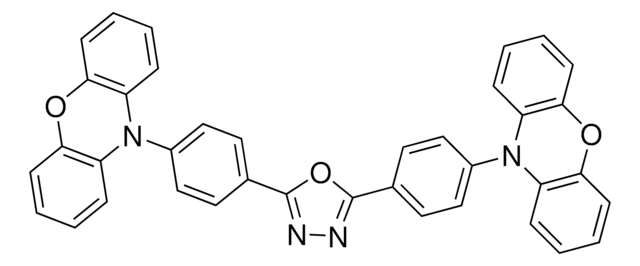DNAQF
DNA Quantitation Kit, Fluorescence Assay
Quantitation of DNA using bisBenzimide
Synonym(s):
dsDNA quantification
Sign Into View Organizational & Contract Pricing
All Photos(1)
About This Item
UNSPSC Code:
41105500
NACRES:
NA.84
Recommended Products
Quality Level
usage
sufficient for 750 assays (2 ml each)
technique(s)
nucleic acid detection: suitable
storage temp.
−20°C
General description
The kit has all the reagents necessary for quantitation of DNA using the fluorescent dye bisBenzimide (Hoechst 33258). The kit allows highly sensitive, quick, and accurate determinations of double-stranded DNA from 10ng/ml to 5μg/ml, even in the presence of RNA and proteins. Fluorometry is a highly sensitive and simple method used for DNA quantitation. The fluorescent dye, bisBenzimide H 33258, which binds primarily to AT sequences in the minor groove of double-stranded DNA (dsDNA), is specific for quantitation of nanogram amounts of DNA (10 ng/ml to 10 mg/ml). When excited at 360 nm, the fluorescence emission at 460 nm of the dye increases significantly in the presence of DNA.
Application
DNA Quantitation Kit, Fluorescence Assay has been used to measure the concentration/content of DNA:
- in neonatal rat ventricular myocytes (NRVMs)
- in human mesenchymal stem cells (hMSCs)/samples for normalization of the relative alkaline phosphatase (ALP) amount
- in mouse embryonic fibroblast cell line (NIH3T3 cells)
Features and Benefits
- Specific for the quantitation of nanogram amounts of DNA
- Works well with purified preparations as well as with DNA from crude extracts containing RNA and proteins
Kit Components Only
Product No.
Description
- Detailed technical bulletin 1 ea
related product
Product No.
Description
Pricing
Storage Class
10 - Combustible liquids
Certificates of Analysis (COA)
Search for Certificates of Analysis (COA) by entering the products Lot/Batch Number. Lot and Batch Numbers can be found on a product’s label following the words ‘Lot’ or ‘Batch’.
Already Own This Product?
Find documentation for the products that you have recently purchased in the Document Library.
Customers Also Viewed
Kausik Kapat et al.
ACS applied materials & interfaces, 9(45), 39235-39248 (2017-10-24)
Cementless fixation for orthopedic implants aims to obviate challenges associated with bone cement, providing long-term stability of bone prostheses after implantation. The application of porous titanium and its alloy-based implants is emerging for load-bearing applications due to their high specific
Brian D Fink et al.
PloS one, 7(6), e39430-e39430 (2012-06-30)
It has been suggested that cells that are independent of insulin for glucose uptake, when exposed to high glucose or other nutrient concentrations, manifest enhanced mitochondrial substrate oxidation with consequent enhanced potential and generation of reactive oxygen species (ROS); a
J M Teare et al.
BioTechniques, 22(6), 1170-1174 (1997-06-01)
Molecular biology is now a routine tool in almost all biological research fields. With the exponential growth in the number of molecular biological techniques, there is a recognizable need for sensitive, accurate and precise quantitation of nucleic acids. We present
Claire G Jeong et al.
Journal of biomedical materials research. Part A, 100(8), 2088-2096 (2012-05-23)
As articular cartilage is avascular, and mature chondrocytes do not proliferate, cartilage lesions have a limited capacity for regeneration after severe damage. The treatment of such damage has been challenging due to the limited availability of autologous healthy cartilage and
The Effect of Pericellular Oxygen Levels on Proteomic Profile and Lipogenesis in 3T3-L1 Differentiated Preadipocytes Cultured on Gas-Permeable Cultureware.
Weiszenstein M
PLoS ONE, 11(3), e0152382-e0152382 (2016)
Our team of scientists has experience in all areas of research including Life Science, Material Science, Chemical Synthesis, Chromatography, Analytical and many others.
Contact Technical Service










